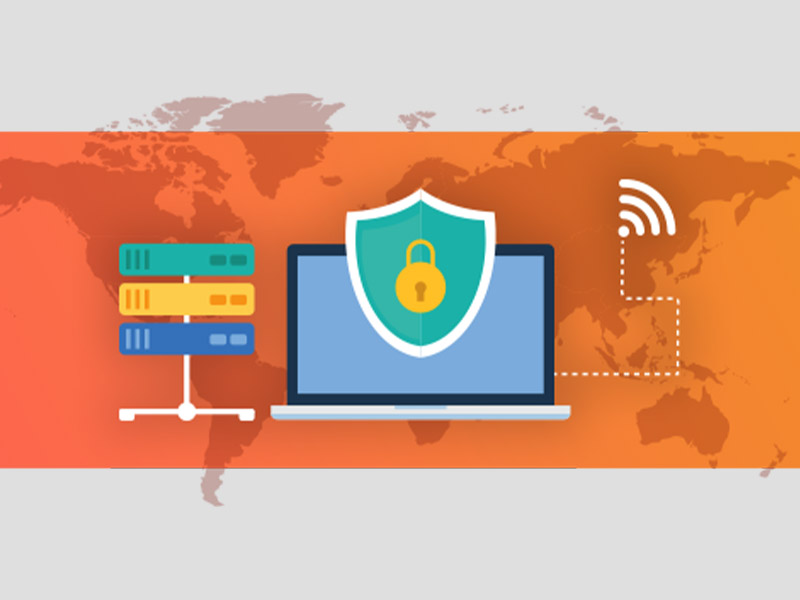
How to Protect Your Data from Natural Disasters
A Quick Guide to Disaster Recovery
If cybercriminals weren’t enough of a threat to a company’s data, we have the natural world to contend with on top of that. With hurricanes, tornadoes, and thunderstorms regularly causing critical damage to a company’s IT infrastructure, it’s as if the planet itself has its own ransomware agenda.
Considering that the cost of this data loss can run into thousands of dollars for even a small business, the impact of natural disasters shouldn’t be underestimated, both in terms of expense and probability. With 4 hurricanes making landfall in the US in 2021 alone, the weather is an increasingly worrying variable.
However, while most businesses go to great lengths to protect their inventory and place of business from such calamities, they tend to overlook the risks that natural disasters pose to their data and IT systems. In this article, we’re going to discuss the steps you can take to keep your business’s data safe no matter what the planet throws at you.
Data Loss Prevention Strategies
When it comes to safeguarding your data, it’s not a project you embark upon after a hurricane warning is issued — data loss protection requires thought and planning. To that end, we’ve put together a checklist to help businesses keep themselves and their data safe.
- Recognize the need for data safety, security, and recovery in times of disaster.
- Bring together your key resources and create a team that’s responsible for implementing your disaster backup and recovery plan.
- Identify the key areas that need to be addressed. In the event of a disaster, what are the processes that absolutely need to function to keep your business going, and what needs to be done so they still function smoothly?
- Prepare a solid disaster recovery-business continuity plan. You can enlist your in-house IT team or bring a Managed Service Provider (MSP) onboard to do this.
- Create a list of all the software programs, applications, and hardware that are critical to your business process.
- Include floor plans, physical access details, entry-exit security codes, etc., pertaining to your place of business in the plan.
- Include information about your backups in the disaster recovery and business continuity plan.
- Conduct mock drills and audits to ensure your plan is executable and gives you the intended results.
If all this feels a little overwhelming to you, don’t worry, you’re not on your own. With the creation of a solid data loss prevention strategy being a time-consuming process, most small to medium-sized businesses rely on a managed service provider like OneSource to do the work for them.
The OneSource Solution
Based in Houston, Texas, OneSource is a Microsoft Silver partner focused on the delivery and support of pre-packaged and custom cloud solutions for small and mid-sized businesses.
With over 18 years’ worth of experience in the field, we’ve designed and deployed cloud disaster recovery strategies for any number of businesses — keeping their data and IT systems safe, no matter what mood the planet is in.
With OneSource providing cloud data protection, you can sleep peacefully through the storm.
